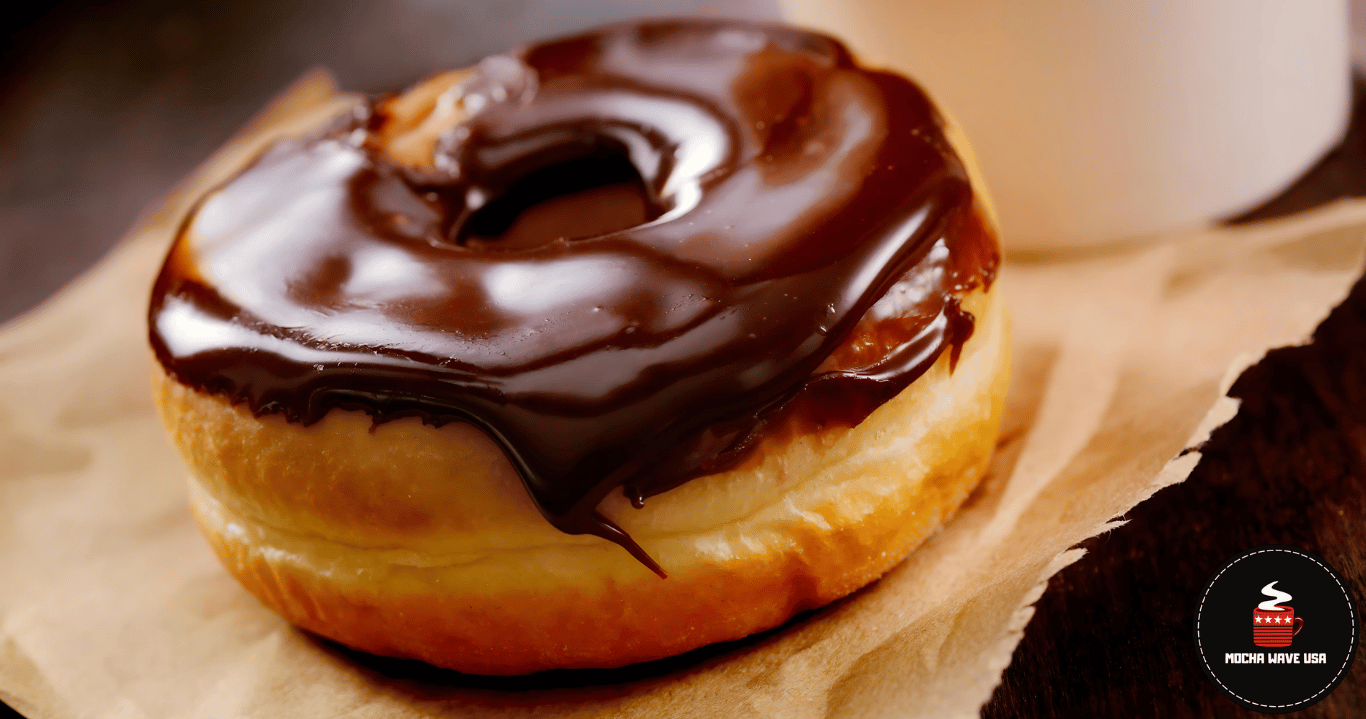So, you think you’ve had it all when it comes to donuts? You’ve tried the classic glazed, the chocolate frosted, and maybe even the occasional jelly-filled. But I’m here to tell you you’ve barely scratched the surface. Donuts are like a universal language—sweet, round, and addictive. But just like languages, they have regional dialects. Let’s journey around the world and discover the many styles of donuts you might be missing out on. Spoiler: It’s going to be delicious.
The American Classic: Donuts 101
Let’s start with what you know. The American donut, or doughnut if you’re fancy, is a staple. Whether you’re grabbing one on the go with your morning coffee or indulging in a dozen (no judgment), there’s a reason these treats are a hit. They’re fluffy, sweet, and come in every flavor under the sun. But if your donut experience starts and ends with the ones in a box from the grocery store, you might want to keep reading.
French Beignets: Fancy and Powdered
Ever wanted to feel fancy while eating fried dough? Enter the French beignet. These little pillows of goodness are light, airy, and coated in a snowfall of powdered sugar. Imagine eating a cloud that’s been dipped in sugar. That’s a beignet. They’re trendy in New Orleans, where people will wait long to get their hands on one. Sure, you’ll end up with powdered sugar all over your clothes, but that’s just part of the experience. Plus, you can pretend you’re in Paris, even if you’re just in your kitchen.
German Berliner: Donuts with a Secret
Next up, the German Berliner. It’s a donut with a secret. No, really—it’s filled with something tasty, like jam or custard. Bite into one, and you might be surprised with a burst of raspberry or a creamy filling. Think of it as a donut with a plot twist. These are especially popular during festivals and New Year’s Eve in Germany. And in case you’re wondering, yes, this is the donut that led to that famous “Ich bin ein Berliner” speech. So, if you want to feel historical while eating a donut, this one’s for you.

Spanish Churros: The Donut’s Long-Lost Cousin
Now, let’s talk about churros. These Spanish treats are like the donut’s long-lost cousin. They’re long, thin, and crispy on the outside, with a soft, doughy inside. Instead of a glaze, churros are rolled in cinnamon sugar. But wait, there’s more! In Spain, they often serve churros with a cup of thick, rich hot chocolate. You’re supposed to dip the churro in the chocolate, turning a great snack into something decadent. If you haven’t tried it, you’re missing out on one of the greatest food combinations ever invented.
Japanese Mochi Donuts: A Chewy Twist
How about a Japanese mochi doughnut if you’re looking for something different? These donuts are made with mochi flour, which gives them a chewy, stretchy texture. It’s like the donut equivalent of a rubber band, but, you know, delicious. They come in fun shapes—often little rings of chewy balls—and flavors like matcha, black sesame, and even sweet potato. Mochi donuts are the treat that makes you question everything you thought you knew about donuts. In a good way, of course.

Italian Zeppole: Little Fried Joys
Moving on to Italy, we find zeppole. These little fried dough balls are often dusted with powdered sugar or filled with cream. They’re like donut holes but with an Italian flair. Zeppole are especially popular around Saint Joseph’s Day, but they’re good any time of the year. Just imagine popping one of these little joys into your mouth. It’s like a mini-vacation to Italy but without the jet lag.
Dutch Oliebollen: Donuts with a History
Now, let’s head over to the Netherlands for some oliebollen. These are more than just donuts—they’re a tradition. Oliebollen are usually eaten during New Year’s celebrations, filled with raisins, currants, or apples. They’re also dusted with powdered sugar because, well, why not? Oliebollen are a bit denser than your average donut but packed with flavor. Plus, you can feel a bit cultured when you tell your friends you’ve been eating Dutch donuts.

Indian Gulab Jamun: Syrupy and Sweet
Let’s visit India and try some Gulab Jamun for something completely different. These are small, deep-fried balls of dough made from milk solids. But here’s the twist—they’re soaked in a sweet, fragrant syrup made with rose water or cardamom. Eating gulab jamun is like eating a donut that’s been turned into candy. They’re rich, sticky, and incredibly sweet. If you have a serious sweet tooth, gulab jamun might be your new favorite treat.
South African Koeksisters: Twisted and Syrupy
Finally, we have the South African koeksister. This donut is braided and fried, then soaked in a sugary syrup. It’s crispy on the outside, soft on the inside, and sticky. Koeksisters are like a work of art—you almost feel bad eating them. Almost. The syrup makes these donuts incredibly sweet, so they’re perfect if you need a serious sugar fix. Just don’t blame me if you end up with sticky fingers.

Donut Diplomacy: Bringing the World Together
So, why try different donuts from around the world? Because donuts are more than just a treat—they’re a way to experience different cultures, all from the comfort of your home. Plus, let’s be honest, it’s a lot easier than learning a new language or booking a flight. Every donut tells a story, whether a Berliner with a secret filling or a churro dipped in chocolate. And the best part? You don’t need a passport, just a sweet tooth and maybe some stretchy pants.
So go ahead, take a bite out of the world. You’ll never look at donuts the same way again.
Fun Fact: The largest donut ever made weighed over 1.7 tons and was 16 feet in diameter! It was an enormous jelly donut created in 1993 in New York to celebrate National Donut Day.
